How Hard Is Aconcagua Compared To Kilimanjaro?
If you're looking for bucket-list mountains to climb, we bet you'd consider the highest summits on the continents of South America and Africa.
Many mountaineers think of Kili as an appropriate warm-up expedition before tackling Aconcagua. But, climbing Aconcagua is a very different ball game compared to Kilimanjaro.
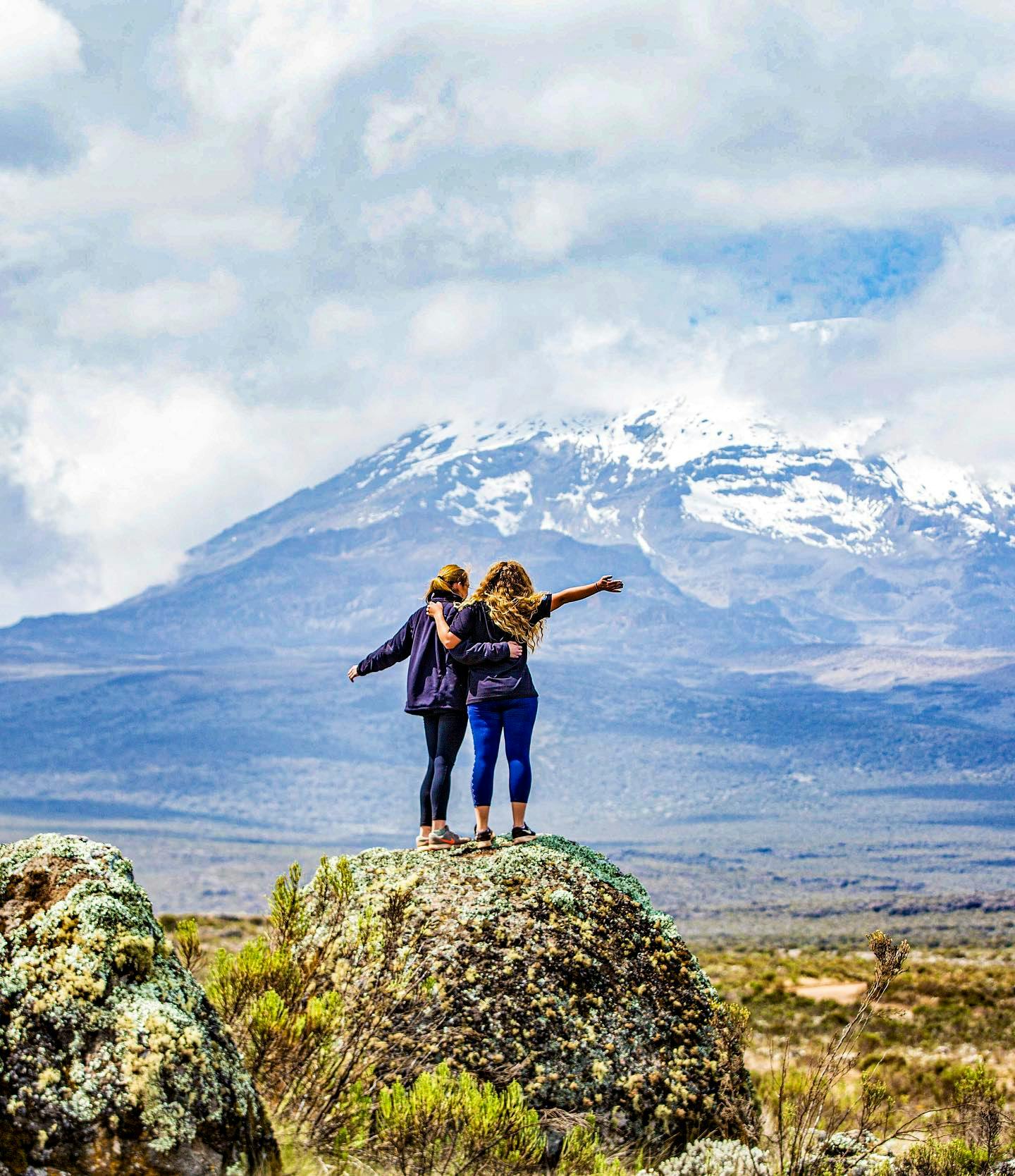
Glimpse Into the Peaks: Aconcagua & Kilimanjaro
Aconcagua and Kilimanjaro are two of the Seven Summits, and as such, two of the most famous mountains in the world. They attract thousands of hikers each year.
While both are known for their high peaks and breathtaking views, they differ in some ways.
Aconcagua
Aconcagua is located in the Andes mountain range in Mendoza province, Argentina. It stands tall at 6,962 metres above sea level, making it the highest peak outside Asia. It is also the highest summit in the Western and Southern Hemispheres!
Kilimanjaro
Kilimanjaro is the highest mountain on the African continent, located in Tanzania in East Africa. Its highest point, Uhuru Peak, is located 5,895 metres above sea level. It's one of the best mountains to climb in Africa.
Climbing Difficulty and Accessibility
Simply put, Aconcagua is harder to climb compared to Kilimanjaro.
The Andes Peak requires technical climbing skills, and climbers must be well-acclimatised before attempting the summit.
On the other hand, Kilimanjaro is more accessible to beginner and intermediate climbers, making it a popular choice for those who want to experience high-altitude trekking.
Fun Fact: Most hikers agree Kilimanjaro is one of the best mountains to climb before Aconcagua to gain altitude experience!
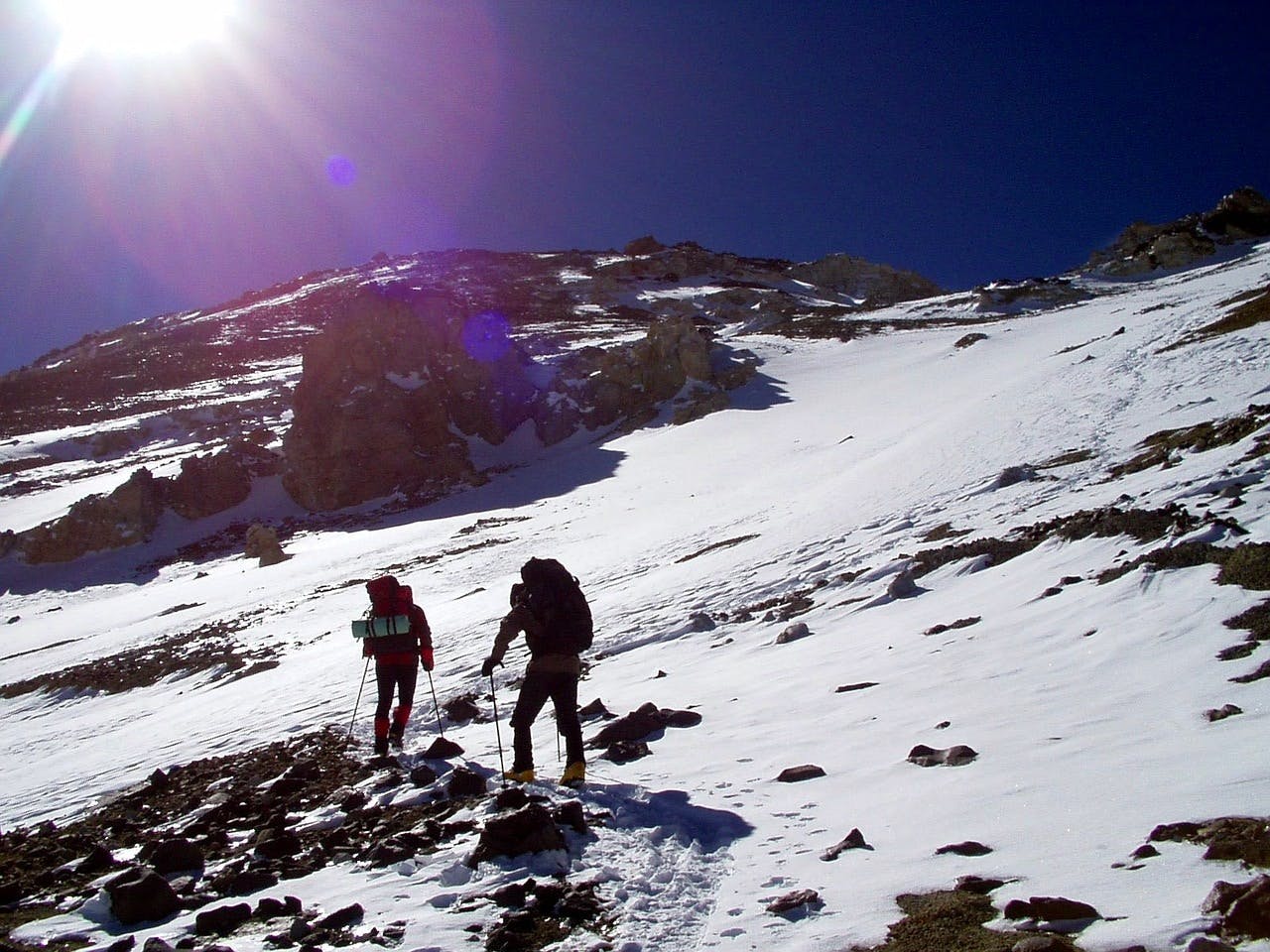
1. Difficulty
Aconcagua is a challenging climb because of the higher altitude and unpredictable weather conditions. It involves navigating rocky terrain with the possibility of glacier crossings and narrow ridges.
Kilimanjaro, on the other hand, is a non-technical trek with well-maintained trails. Even though there may be ice near the summit, altitude sickness on Kilimanjaro remains the main challenge for many climbers.
2. Accessibility
The Aconcagua hike starts from the city of Mendoza. You won't need a visa to gain entry, but you have to apply for an Aconcagua hiking permit from the Aconcagua National Park offices. The permit costs between $800 and $1,100 depending on the month and season you arrange your adventure. These costs are independent of your Aconcagua climbing cost.
Your Kilimanjaro hike starts from Moshi Town, and you might need a Tanzanian travel visa depending on your nationality. To hike Kilimanjaro, you will pay the Kilimanjaro National Park fees that cost around $70 per adult hiker per day. These costs are usually factored into your Kilimanjaro hiking cost.
3. Hike Length
The Skyhook Aconcagua Normal Route tour takes longer than the Kilimanjaro hike. The total time for a typical trek on Aconcagua is around 18-21 days, including acclimatisation and rest days.
On the other hand, Kilimanjaro's climb can take anywhere from five to nine days, depending on your route and hiking pace. It's best to hike a minimum of seven days for proper acclimatisation and increased chances of reaching the summit.
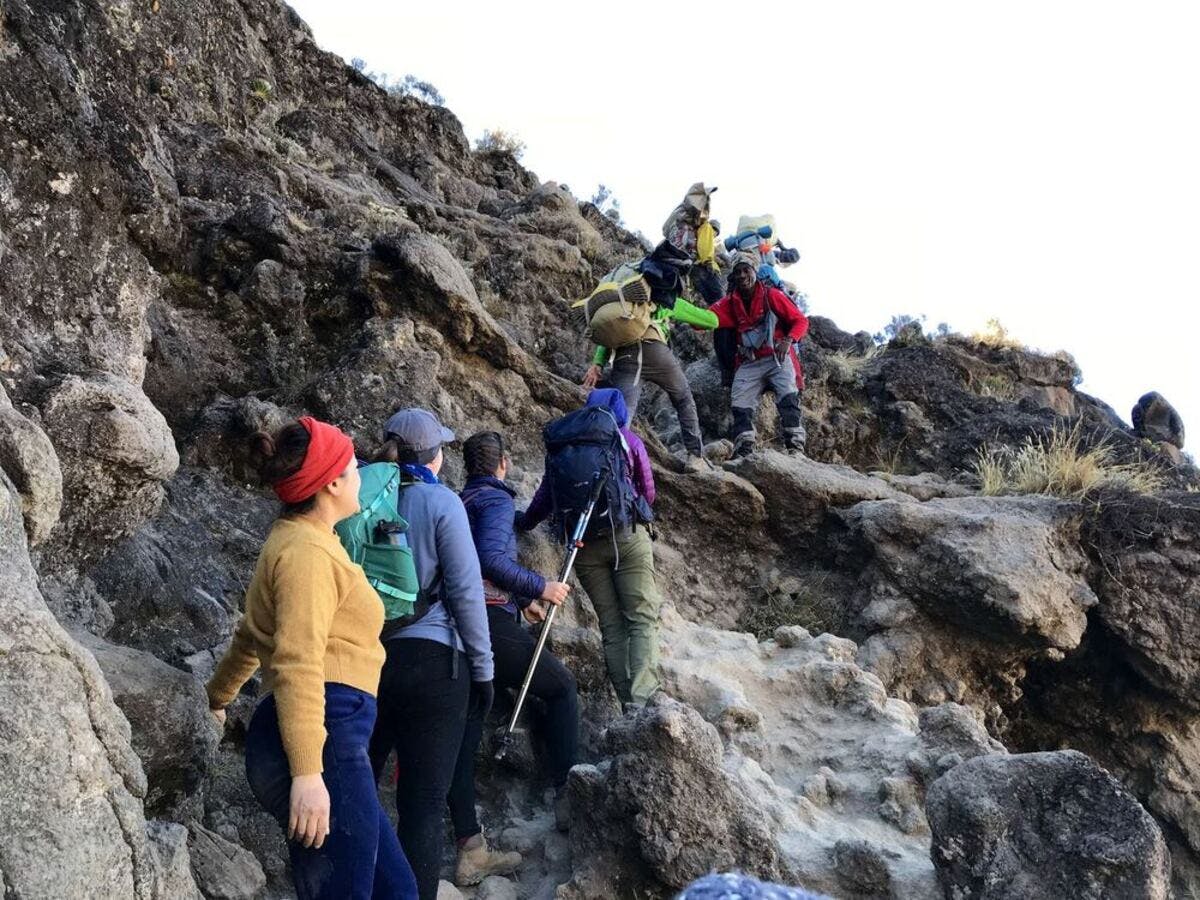
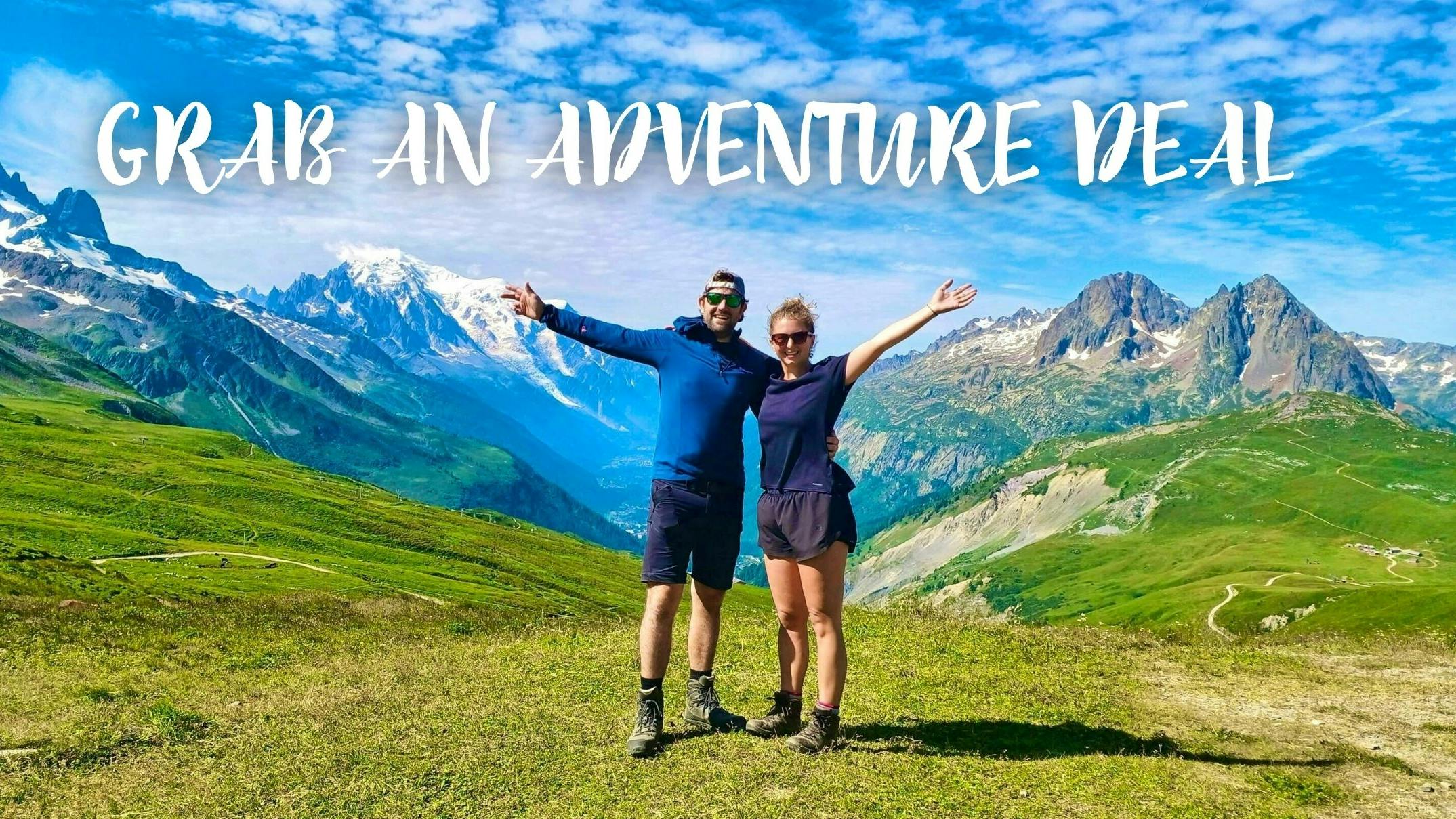
Latest Deals
4. Technicality
Both hikes require good physical fitness and stamina to summit successfully. However, Aconcagua is still the more technical of the two because of the longer hike duration and terrain conditions.
The terrain on Aconcagua may require you to use crampons and ropes depending on conditions. You will also be carrying most of your gear, so you need the capability to carry personal loads of 10-12kg.
In contrast, Kilimanjaro porters do most of the heavy carrying, transporting communal equipment like tents and cooking supplies plus gear you won't need during the day's hike. So, you only need to carry a small backpack with your day's essentials, such as water, snacks, and extra clothing.
In addition, Kilimanjaro offers a less technically demanding climb, with routes primarily consisting of trekking paths through diverse ecosystems, without the need for technical climbing equipment.
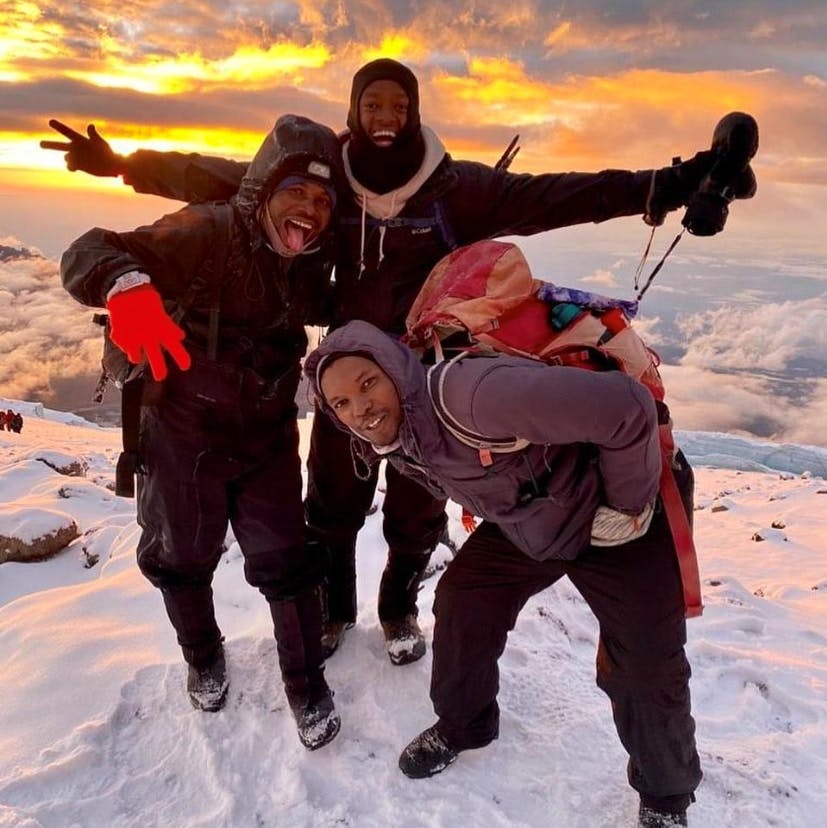
5. Weather
The weather is another factor that makes Aconcagua harder to climb compared to Kilimanjaro.
On Aconcagua, you'll encounter extremely cold and dry conditions, with temperatures often dropping well below freezing. The weather is mostly dry, but when it does change, it can do so rapidly, bringing severe cold, strong winds, and occasional snowstorms.
The weather on Kilimanjaro is more stable, though it still varies significantly with altitude. At the base, temperatures are relatively warm, ranging from 21 to 27°C. As you ascend, temperatures drop, and at the summit, Uhuru Peak, night-time temperatures can plummet to between -7 and -29 °C.
The reason Aconcagua has more unpredictable conditions is because of its higher altitude and geographical location near the Andes' rain shadow (it also sits just 80 miles from the Pacific Ocean).
This subjects it to sudden and severe weather changes like high winds and storms, unlike Kilimanjaro, which, despite its height, is located closer to the equator and benefits from a more stable, though varied, climate.
The best time to climb Aconcagua is between November and March (summer in the southern hemisphere) when temperatures are warmer. Kilimanjaro's climbing season falls during its dry season (December to mid-March and mid-June to the end of October). During these months, skies are clear, with little chance of rain or snowfall.
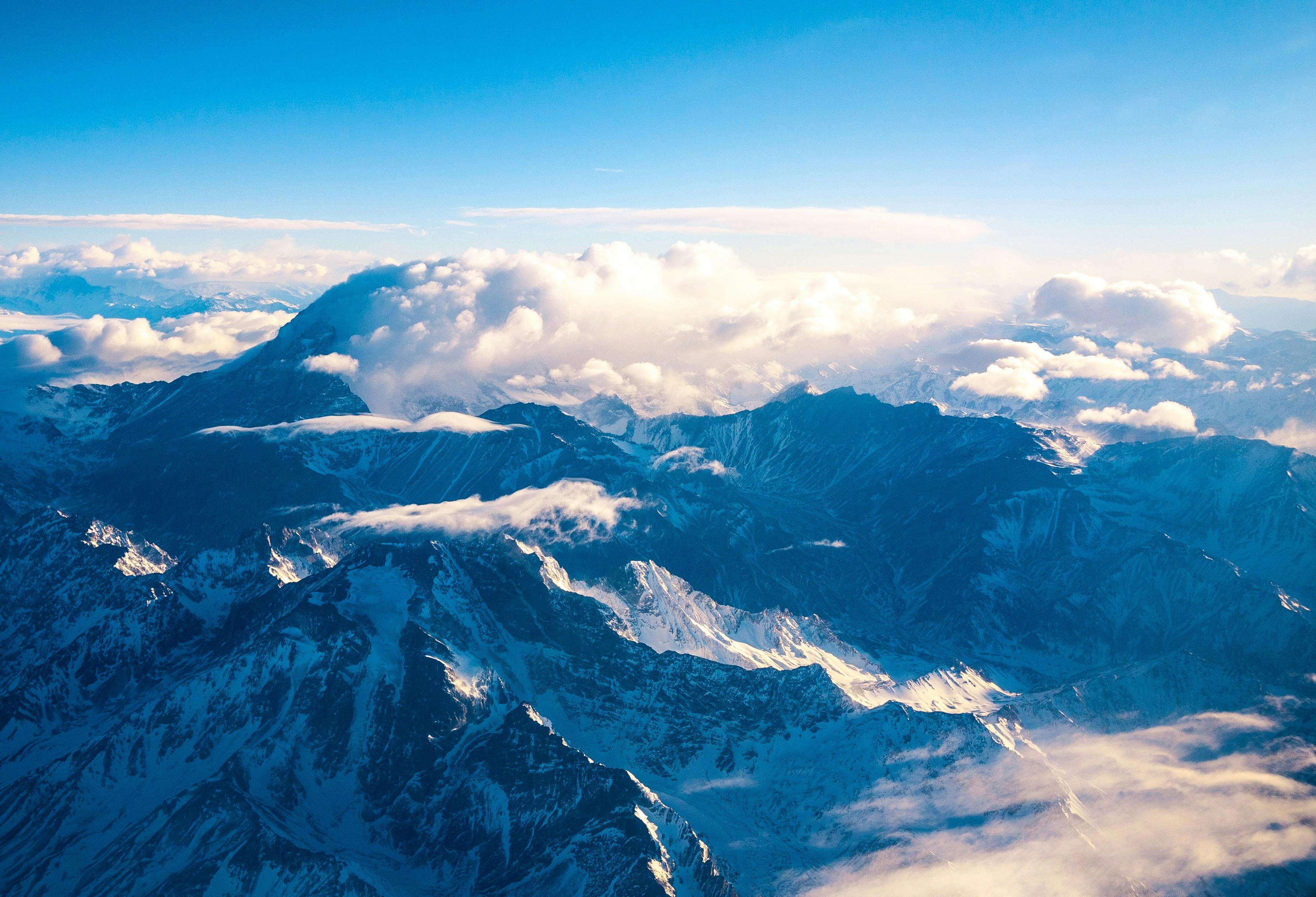
Pro Tips for Climbing Aconcagua Successfully
While Aconcagua is harder to climb than Kilimanjaro, it is still an attainable goal for many climbers. The key is to adequately plan for the challenges that come with climbing such a high mountain.
Here are some pro tips to increase your chances of successfully summiting Aconcagua:
1. Train, Train, Train!
Start preparing with an Aconcagua training plan at least six months before your climb. Focus on building strength and endurance in your legs, core, and back muscles.
Since you will carry more gear than you would on Kilimanjaro, train with a heavy backpack to simulate the weight you will be carrying during the climb.
2. Acclimatise Properly
Spend some time in high elevations before climbing Aconcagua, including maybe hiking Kilimanjaro first.
And since you'll spend three weeks up on the mountain, a slow and gradual ascent will allow your body to acclimatise properly. If symptoms persist or worsen, it's crucial to descend to a lower altitude until they improve before continuing the climb.
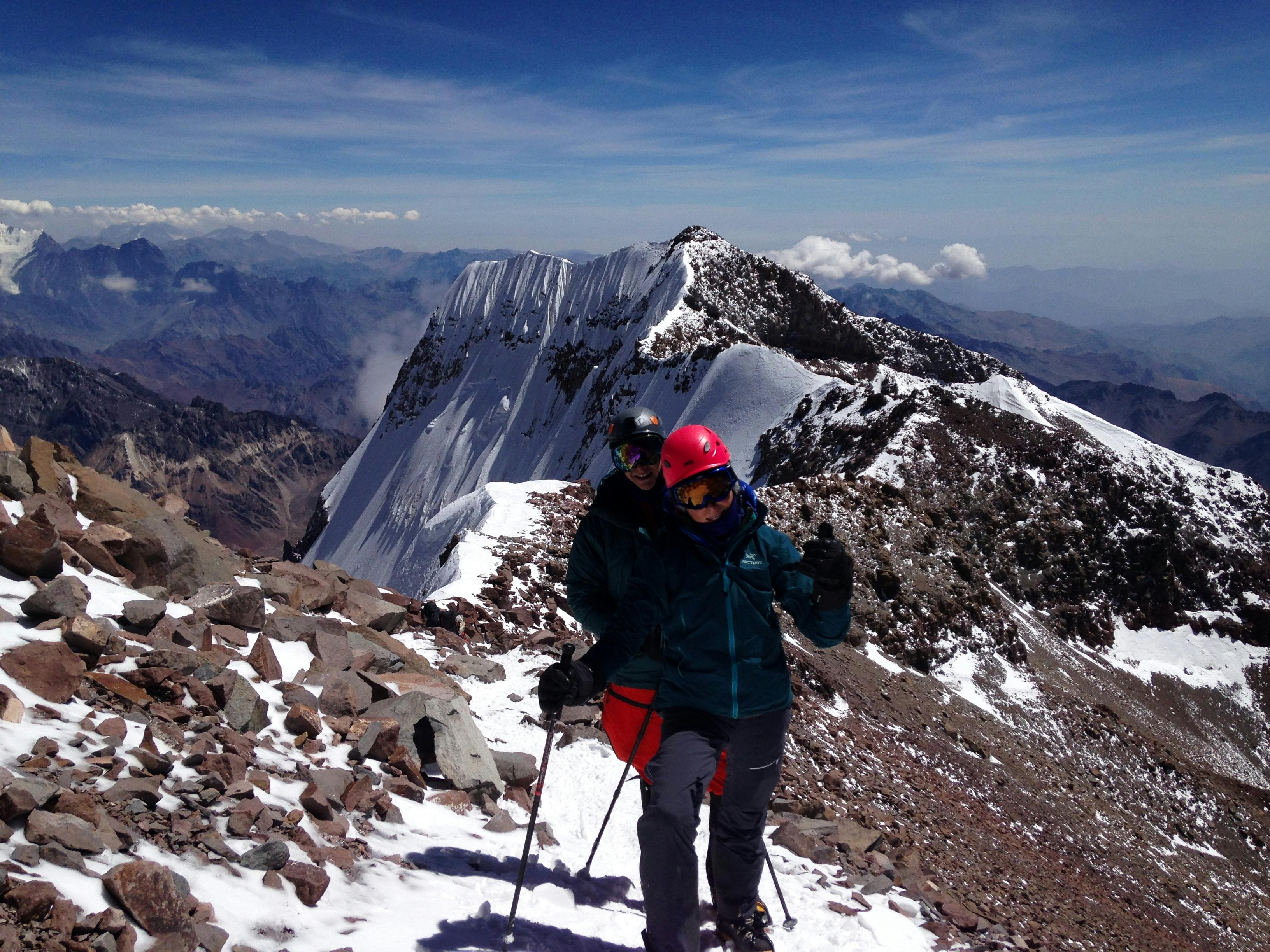
3. Stay Hydrated and Well-Nourished
Drink plenty of water and eat nutritious meals to prevent fatigue and the risk of altitude sickness. You can carry Gatorade or Nuun tablets to replenish your electrolyte levels and energy bars like Clif or Kind for a quick boost of energy as you go.
4. Pack Smart
Only bring essential gear and clothing to reduce the weight you will carry. Remember, every extra kilogram you carry up the mountain will feel like double its weight at higher altitudes. You can rent gear like crampons and ice axes instead of buying them.
5. Train your Mental Strength
Climbing Aconcagua is a tough physical challenge, so prepare mentally for long days of hiking in extreme conditions.
Stay positive when faced with obstacles or setbacks, and visualize yourself successfully reaching the summit to keep yourself motivated during the climb.
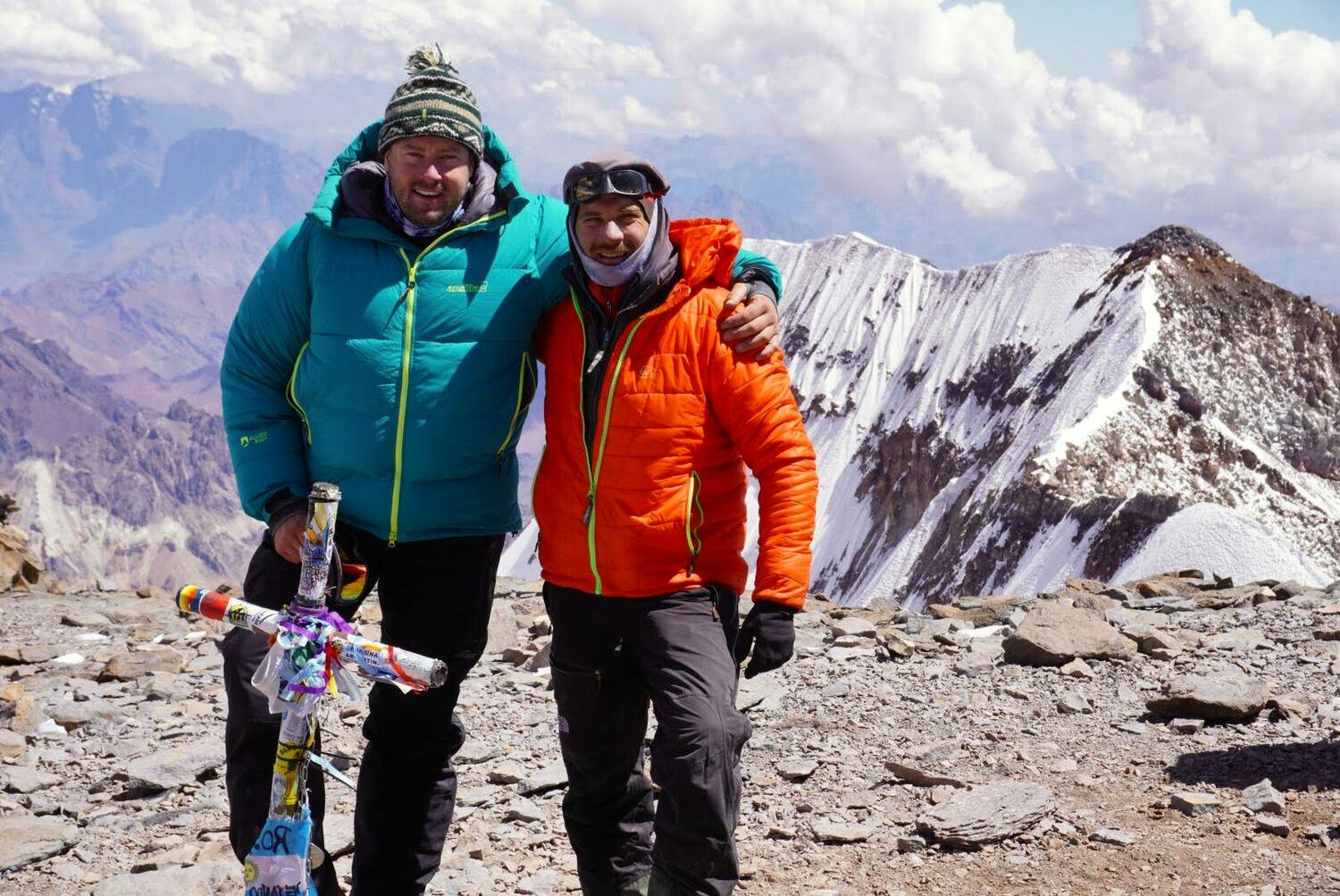
Conclusion
If you are asking yourself which mountain to climb first, the quick answer is Kilimanjaro. Being the easiest of the two peaks, many hikers prefer climbing the African giant before Aconcagua to gain enough altitude experience.
However, both mountains offer unique challenges and breathtaking views that will leave you feeling accomplished and in awe of the natural world. Whichever one you choose, remember to acclimatise, hydrate, hike slowly, and enjoy the journey!
More Articles
Find your next adventure
Why Skyhook?
Join over 27,000 Skyhook adventurers who've used our platform to book directly with our vetted local guides, at local prices (we never markup).
Expert Local Guides
Experienced local guides, handpicked by us.
Best Prices
Never pay a markup on the local guide's price.
Exclusive Club
Earn loyalty rewards every time you travel.
Great Social Vibes
Small group tours provide a richer experience.
Stellar Feedback
Over 3,000 reviews, average of 4.9/5 stars.






